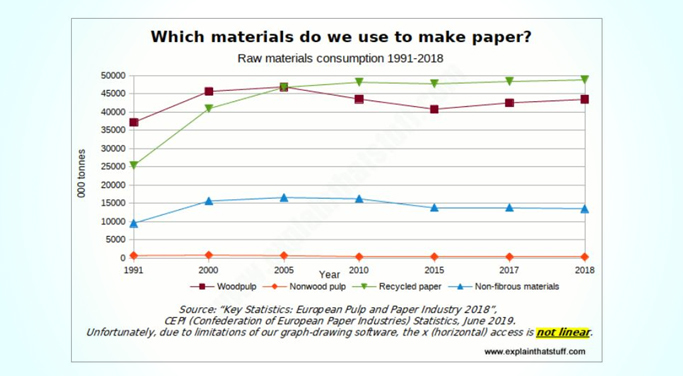The year-end is approaching and there is a baggage of mixed emotions of anxiety, uncertainty and some confusion as to what the new year has in its store
Though the world might seem upside down at the moment, we need to focus on necessary year-end preparations to be sorted before we wind up for 2020. And the star of the To-Do list is carrying out employee's payroll. We’ve compiled a checklist to help you brush off your worries a little. Here you go:

1. Activate the Government gateway
Surely, first things first. Have you signed up for the Government Gateway yet? And activated your account to access the government’s online service? This service helps you to make all the submissions you need to HMRC online. So, it is imperative to make sure this service is active.
2. Check payroll end date
Check whether your payroll ends on week 52 or you need to run payroll for yet another week, that is week 53. There won’t be any requirement of running payroll for week 53 if you pay monthly.
3. Prepare for week 53
Need to prepare for week 53 will arise in tax years when you have 53 weekly paydays, 27 fortnightly paydays, or 14 four weekly paydays instead of the usual 52, 26, and 13 paydays respectively. This happens if you pay weekly, fortnightly, or four-weekly and the payday falls on 5th April or 4th/ 5th April in a leap year. So if we consider the tax year 2019-20 and the payday is Saturday then you will have to run a week 53 payroll in 2019-20,
- If the employees are paid weekly and you last processed your payroll on 28 March 2020.
- If the employees are paid fortnightly and you last processed your payroll on 21 March 2020.
- If the employees are paid four weekly and you last processed your payroll on 7 March 2020.
In the ‘tax week number’ file you need to put 53 if the payroll is processed weekly, 54 if the payroll is processed fortnightly and 56 if the payroll is processed four weekly.
4. Process leavers
Are there any employees who have left the organization lately? If yes, then process them as leavers by entering their last working day in your payroll software. This needs to be done before submitting your Full payment submission (FPS) and Employer payment summary (EPS) for all the employees who have left since the last payroll year-end date.
5. Process Payroll year-end
Belittle vigilant when you process the last payroll. Make sure the processing date is set to the 5th of April. Process the last regular pay period for the tax year whether it is weekly, fortnightly, monthly, four-weekly, etc.
6. Send final payroll report
Once it’s figured out whether there is any need for week 53 or not, worked out the employees’ leavers, and processed the final year-end payroll, you need to send your final Full Payment Submission and Employer Payment Summary (if required). You can send FPS before 20th April.
Ensure you put a YES in the “Final submission for the year” field in your payroll software when sending the final payroll report to HMRC.
7. Avoid haste
As the year-end approaches, you find yourself trapped in a web of numerous tasks to be carried out. In haste to be a Jack of all trades, you might end up processing the final pay run and submitting your final submission way ahead of time. Though you are allowed to file it early, however, what if the circumstances change after you’ve made the final submission- an employee may leave or their tax code might change. So don’t hurry with processing payroll. Do it on time, don’t do it so early that you end up piling up more work for yourself as a result of the changes required.
8. Give form P60 to employees
Once the Final Payment Submission is done, you can now give your employees the form P60. P60 is basically a summary of all the payments and deductions made with respect to each employee. All employees working with you as of 5th April need to be provided with the form P60 on or before 31 May, after the final payment submission.
9. Report expenses and benefits
At the end of the tax year, you will have to submit P11D and P11D(b) forms to HMRC for all the employees you have provided with expenses and benefits.
10. Pay HMRC
Once the FPS is submitted and reductions (if any) claimed through EPS, you will be able to view the balance owed on your HMRC online account. The amount owed to HMRC will have to be paid by the 22nd of April 2020 (19th of April 2020 if not paid electronically).
Important dates:
| DATE | THINGS TO DO |
| 5 April 2020 | Last date of the tax year |
| 6 April 2020 | First date of the new tax year |
| From 6 April 2020 | Update employees' payroll records. Also, ensure that you update your payroll software. |
| 19 April 2020 | 1. Last date to submit FPS 2. Last date to make payment of PAYE taxes if you are making payment by post. |
| 22 April 2020 | Last date to make payment of PAYE taxes |
| 31 May 2020 | Provide P60 to all the employees working with you as on 5th April 2020 |
| 6 July 2020 | Report expenses and benefits to HMRC and NIC thereon in P11D and P11D(b) respectively. |
| 19 July 2020/ 22 July 2020 | Payment of Class 1A National Insurance due on taxable expenses and benefits provided by you to the employees. The payment deadline is 22 July 2020 (19 July 2020 if not paying electronically) |
Get ready for the new tax year: And let the fun begin yet again once more. Time to start preparing for a new tax year. Prepare an updated payroll record, and renew the correct tax codes for each of the employees. Also, update the payroll software so that all the processing takes place according to new amendments in the tax regime.
Time to pull up the socks
It’s time to replace the stress with a good amount of planning. Now that you have ready to use the checklist in front of you, take 5 minutes of peace, line up the tasks, and get things going. Click here to read our guide on PAYE and Payroll. If you still have any queries or you need help in processing the payroll, our account managers are at your service. Call 020 3960 5080 or drop your query here.













